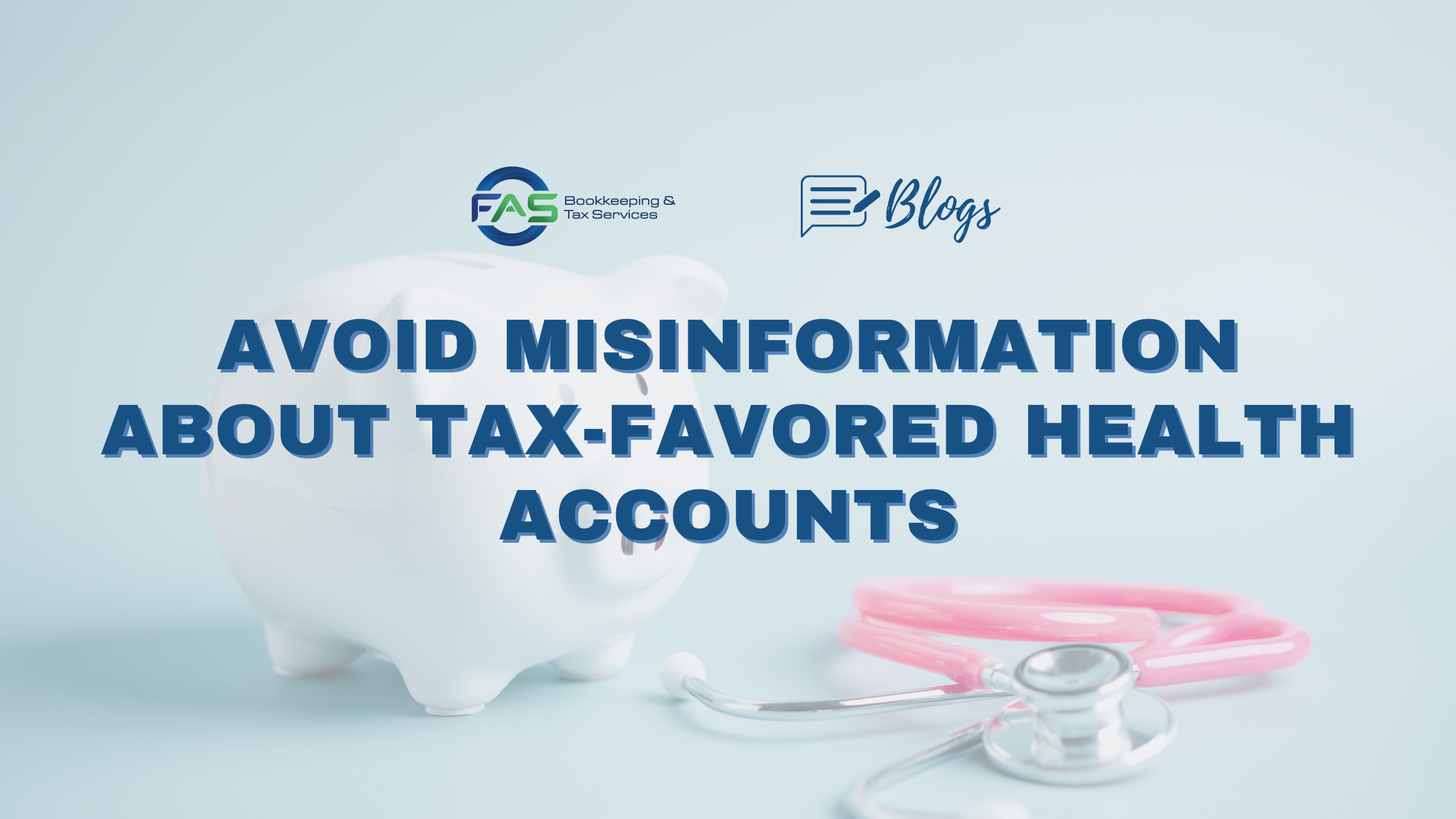What Is the Saver’s Credit?
The Retirement Savings Contributions Credit, also known as the Saver’s Credit, is a special tax credit for low-and moderate-income workers. In tax year 2020, the most recent year for which complete figures are available, Saver’s Credits totaling more than $1.7 billion were claimed on about 9.4 million individual income tax returns. That’s an average of about $186 per eligible return.
Income Limits Apply
Income limits, based on a taxpayer’s adjusted gross income and marital or filing status, apply to the Saver’s Credit. Due to inflation, the limits will increase significantly in 2023, and taxpayers should take note. As a result, the Saver’s Credit can be claimed by:
- Married couples filing jointly with incomes up to $68,000 in 2022 or $73,000 in 2023.
- Heads of household with incomes up to $51,000 in 2022 or $54,750 in 2023.
- Married individuals filing separately and singles with incomes up to $34,000 in 2022 or $36,500 in 2023.
The credit helps offset part of the first $2,000 workers voluntarily contribute to Individual Retirement Arrangements, 401(k) plans, and similar workplace retirement programs. The credit also helps any eligible person with a disability who is the designated beneficiary of an Achieving a Better Life Experience (ABLE) account to contribute to that account.
The Saver’s Credit is available in addition to any other tax savings that apply. Like other tax credits, the Saver’s Credit can increase a taxpayer’s refund or reduce the tax owed. Though the maximum Saver’s Credit is $1,000 ($2,000 for married couples), the IRS cautioned that it is often much less and, due in part to the impact of other deductions and credits, may, in fact, be zero for some taxpayers.
It supplements other tax benefits available to people who set money aside for retirement. For example, most workers may deduct their contributions to a traditional IRA. Though Roth IRA contributions are not deductible, qualifying withdrawals, usually after retirement, are tax-free. Normally, contributions to 401(k) and similar workplace plans are not taxed until withdrawn.
There’s Still time to Make a Contribution for 2022
Eligible workers still have time to make qualifying retirement contributions and get the Saver’s Credit on their 2022 tax return. Taxpayers have until April 18, 2023 – the due date for filing their 2022 return – to set up a new IRA or add money to an existing IRA for 2022. Both Roth and traditional IRAs qualify.
Taxpayers participating in workplace retirement plans must have made elective deferrals by December 31, 2022, for contributions to count for this year – including a 403(b) plan for employees of public schools and certain tax-exempt organizations, a governmental 457 plan for state or local government employees, and the Thrift Savings Plan for federal employees.
A taxpayer’s credit amount is based on their filing status, adjusted gross income, tax liability, and amount contributed to qualifying retirement programs or ABLE accounts. Taxpayers should use Form 8880, Credit for Qualified Retirement Savings Contributions, to claim the Saver’s Credit.
Other special rules that apply to the saver’s credit include:
- Eligible taxpayers must be at least 18 years of age.
- Anyone claimed as a dependent on someone else’s return cannot take the credit.
- A student cannot take the credit. A person enrolled as a full-time student during any part of 5 calendar months during the year is considered a student.
Any distributions from a retirement plan or ABLE account reduce the contribution amount used to figure the credit. For 2022, this rule applies to distributions received after 2019 and before the due date, including extensions of the 2022 return. Form 8880 and its instructions have details on making this computation.
Please call if you have any questions about this or other tax credits.




